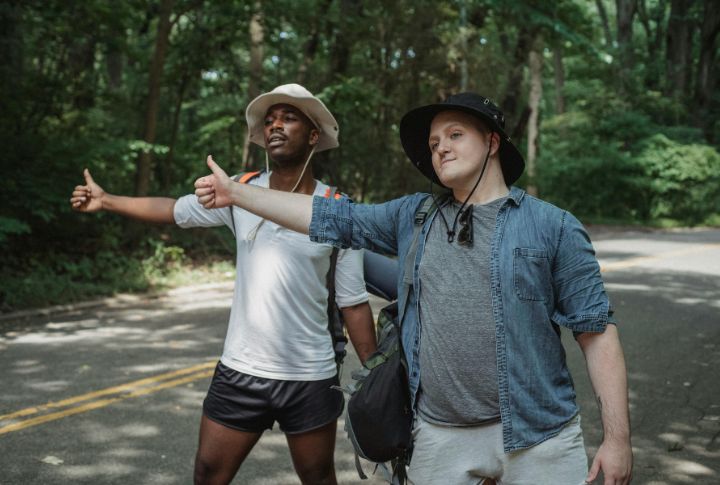
Hitchhiking across America offers a thrilling way to explore the country and connect with people from all walks of life. For adventure seekers, it’s a journey full of unexpected stories and endless possibilities. But safety is paramount. So, here are 20 essential tips to help you prepare for a safe, enjoyable hitchhiking experience across America.
Dress for Approachability and Safety

Dressing neutrally yet tidily can make all the difference. Aim for practical clothes that blend with local styles—clean jeans, a plain T-shirt, and comfortable shoes can show drivers you’re a safe, friendly person. Avoid excessive gear or flashy items that may seem impractical or overly conspicuous. Be approachable, but prioritize practical comfort.
Choose Visible Spots to Catch Rides

Visibility is key. Look for high-traffic, safe locations where drivers can easily pull over, like highway ramps, gas stations, and rest areas. These spots not only increase your chances of being noticed but also offer safe spaces for drivers to stop without disrupting traffic or endangering either of you.
Travel Light for Greater Mobility

Packing light means flexibility, and that’s essential when you’re on the road. A small backpack with essentials, such as a change of clothes, snacks, water, and basic toiletries, is often all you’ll need. Avoid bulky items and non-essentials; a lighter load lets you move quickly and keep pace with unexpected ride offers or walking stretches.
Always Carry a Physical Map
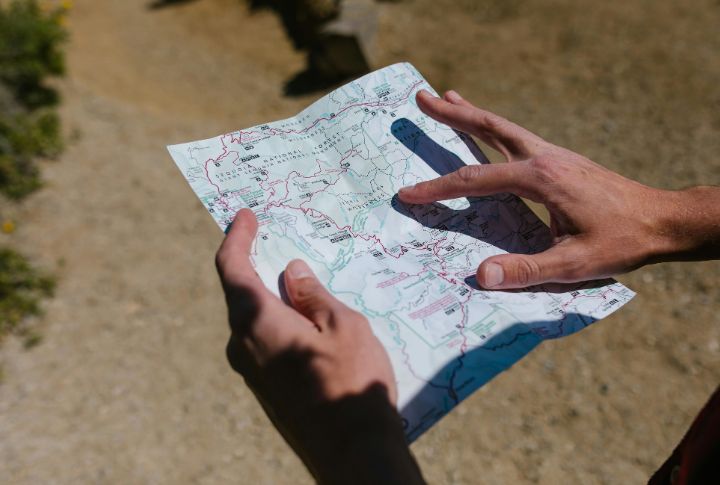
Digital devices are helpful, but nothing beats a reliable paper map when you’re hitchhiking. Not only does it provide a trustworthy backup if your phone dies, but it also helps in areas without service. A map allows you to plan your route, show drivers your intentions, and maintain direction even in remote locations.
Learn Basic Local Phrases

Taking the time to learn a few local expressions or facts about the area can open doors and make conversations with locals easier. A little familiarity with regional phrases, slang, or even popular landmarks shows respect for local culture and increases your chances of connecting with friendly drivers.
Prepare to Walk Between Safe Spots
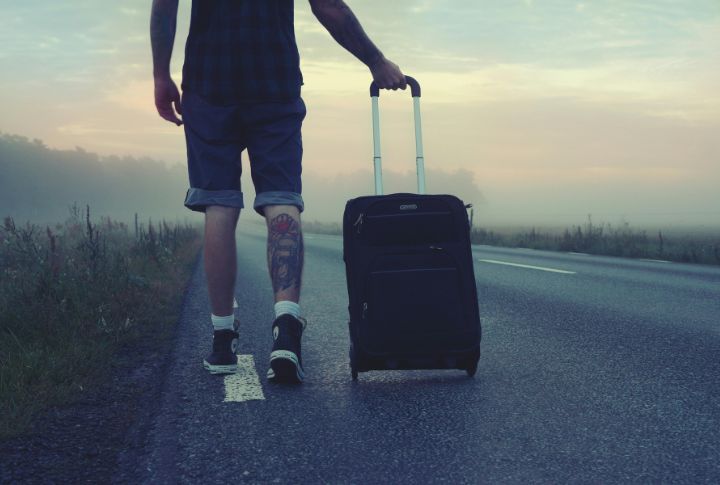
Hitchhiking may involve walking stretches, sometimes several miles, to find an ideal spot. Ensure you’re wearing comfortable, durable footwear, and stay mentally prepared for these “in-between” legs of your journey. Walking not only keeps you moving forward but also allows you to appreciate your surroundings up close and on foot.
Trust Your Instincts When Declining a Ride

Not every ride is worth taking. Listen to your gut—if something feels off about a driver or their vehicle, politely decline the ride. Use a simple, courteous excuse if necessary. Waiting for a safer option is always the better choice, as your intuition can often be the best judge of safety on the road.
Use a Clear Sign for Your Destination

A sign with a clear destination, like “North” or “Denver,” helps drivers quickly understand your route, increasing your chances of finding a matching ride. Use large, legible letters and keep it straightforward. This quick effort increases visibility and lets drivers know you’re organized and ready to go.
Keep Essential Valuables Easily Accessible
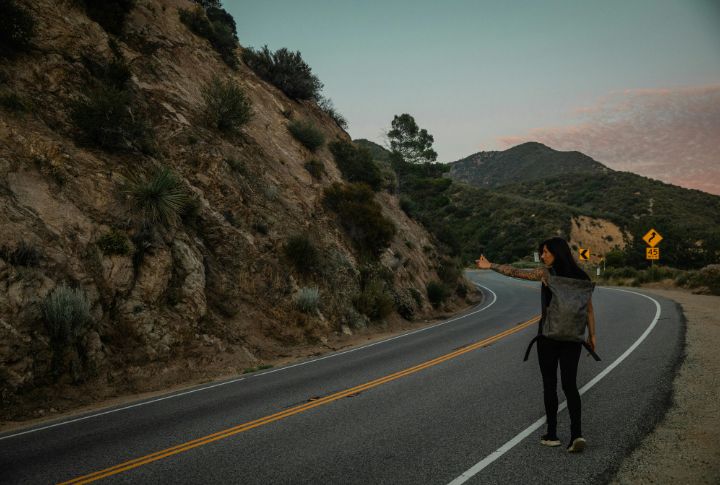
Have valuables—your phone, ID, money, and emergency contact info—within easy reach. Carry these in a secure pocket or a small pouch on your person, not in your main bag. This ensures you’re prepared in case you need quick access or find yourself separated from your bag. Safety and convenience go hand in hand.
Stick to Daytime Hitchhiking

Daytime hitchhiking is generally safer and easier, offering you better visibility and clarity to assess drivers. Nighttime rides can lead to increased risk, as visibility is lower and fewer drivers are on the road. Prioritize daytime travel for a smoother, safer journey, even if it means starting earlier or adjusting your daily route.
Plan a Loose Itinerary for Structure

A rough plan lets you aim toward specific destinations while still leaving room for spontaneity. Research cities and stops along your intended path and mark potential overnight spots or safe towns. This approach ensures you have key locations in mind but also allows for flexibility if you encounter unique opportunities on the road.
Write Down Emergency Contacts
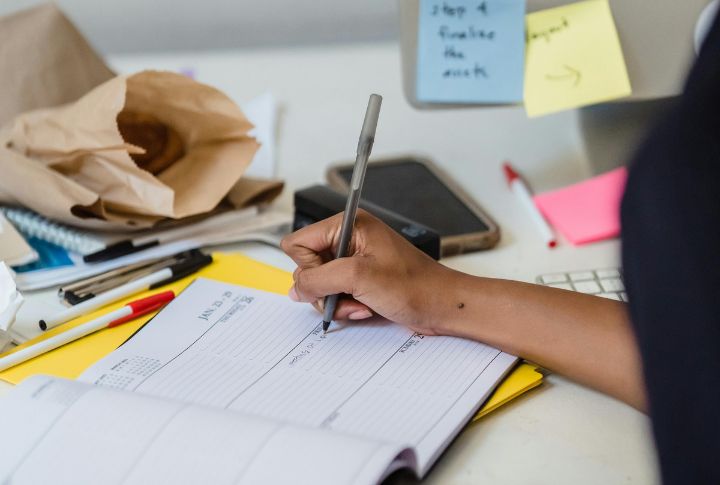
Keep a list of emergency contacts on your phone and on a paper backup. Include family, friends, and even local authorities if possible. Having these on hand is essential in emergencies, especially if your phone dies. Knowing you can reach out if needed gives peace of mind to you and those who care about you.
Pack Nutrient-Rich Snacks
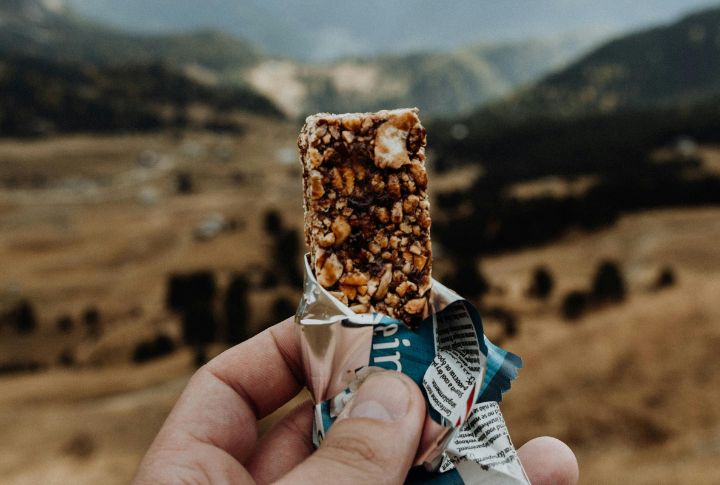
Waiting times can be unpredictable, so nutrient-dense snacks like trail mix or dried fruit are ideal. These foods keep your energy steady and prevent hunger from affecting your mood or alertness. Having these snacks on hand saves money, keeps you fueled, and makes those long waits more manageable.
Cultivate Patience and Positivity

Patience is vital when hitchhiking, as waits can be long. Cultivating a positive mindset helps keep you calm and open to new experiences. Smiling, staying upbeat, and projecting good energy can improve your chances, as drivers often respond to cheerful travelers. A little positivity can make waiting part of the adventure.
Hydrate Often, Especially in Dry Climates

Stay aware of your water intake, particularly in hot or arid areas. Carry a refillable bottle and make it a habit to refill wherever possible. Dehydration can catch up on you, especially when outdoors for long periods. Staying hydrated helps you stay energetic and ready for whatever the journey may bring.
Stay Updated on Local Weather
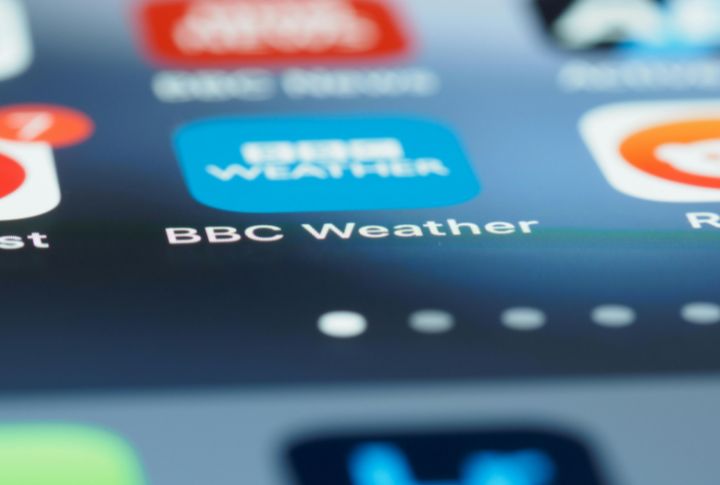
Before setting out each morning, check weather forecasts and local news for potential issues like storms or regional advisories. This helps you plan around sudden changes and gives you a chance to adjust or prepare as needed. Being informed means you’re never caught off-guard, ensuring a smoother, safer experience.
Enjoy Unplanned Detours
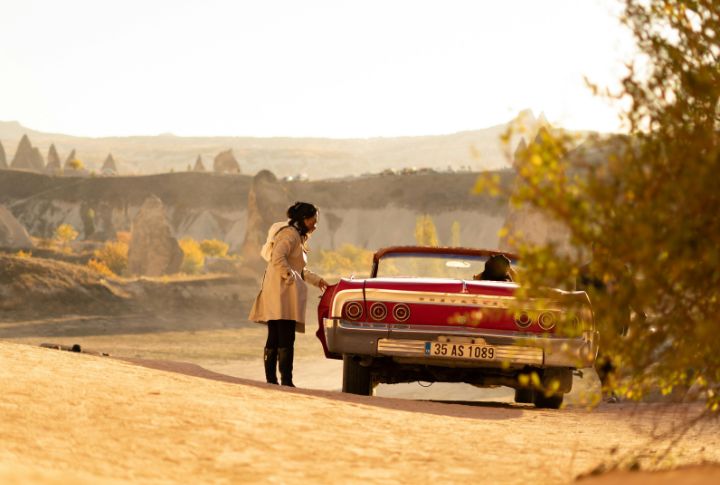
Hitchhiking opens the door to unexpected adventures, so embrace detours and new experiences. If a driver suggests a scenic route or invites you to explore a nearby town, and you feel comfortable and safe, take the opportunity. Remember to trust your instincts and enjoy every moment of the adventure!
Use Hitchhiking Apps for Tips

Apps like Hitchwiki and Couchsurfing offer hitchhiking insights, including safe hitching spots, ride-sharing options, and tips from fellow travelers. Staying connected with the community through these platforms provides valuable support while allowing you to drive through routes efficiently and even connect with others on similar paths.
Document Your Experience

Keep a journal or take photos along the way to capture your journey’s essence. Recording your experiences helps you reflect on your adventure and remember the people and places you encounter. Journaling or documenting is also a fun way to share your story with friends and family once you’re back home.
Show Gratitude to Each Driver

Every driver you meet is part of your journey, so take time to show appreciation. A simple “thank you” or sharing a story shows respect and gratitude. Sometimes, offering a small contribution for gas or chatting about their hometown is enough. This respect and appreciation create positive connections and make your journey more fulfilling.
